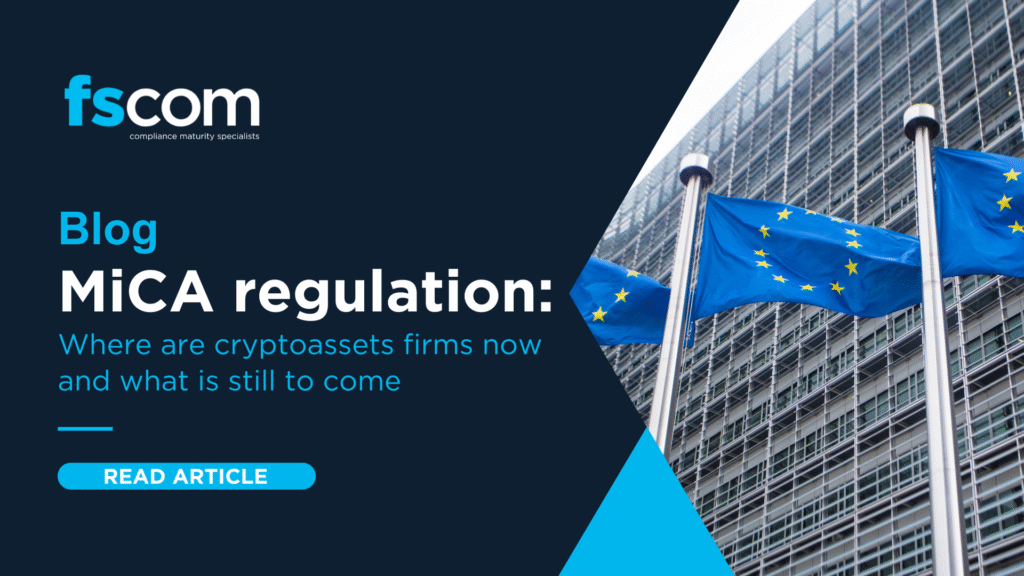Since the final rules were published in July 2022, firms have made progress in implementing the Duty. But as the FCA’s 2025 updates and thematic reviews highlight, real impact lies in how well firms are monitoring and evidencing good customer outcomes, particularly for those in vulnerable circumstances.
As our webinar hosts Nicola Hanratty and Matthew Law emphasised, it is essential that firms move beyond ‘tick box’ compliance and truly demonstrate that their business models and cultures are aligned with delivering tangible, positive outcomes.
What we often see – and how to do it better
- We often see firms producing detailed board reports that reflect real effort and commitment to the Consumer Duty. The best versions we’ve seen go a step further by framing these reports explicitly around the four outcomes, backed by well-explained MI and clear insights into what the data is telling us. It is also important to illustrate what these good outcomes look like for the firm’s customers, and this can be broken down across customer cohorts and product/service lines to demonstrate a nuanced approach.
- Monitoring frameworks are often in place but can be stretched across legacy systems. We know that the firms we work with are doing what they can with the tools and data they have at their disposal. Yet stronger demonstration of the good outcomes being achieved and the effort to identify and improve on any weaknesses can often come through re-structuring existing MI into a more deliberate and bespoke framework built around the Duty, using targeted KPIs, clear thresholds for intervention, and regular sampling. Furthermore, the monitoring metrics in play are often described in the board reports without providing the tangible quantitative data output and qualitative assessments being shown by the data to really elucidate firm’s performance against these metrics, which may not do justice to the work that is being undertaken behind the scenes. It is also important to remember that acknowledging sub-optimal outcomes where they occur or highlighting where new dashboards are not yet producing full or reflective data can be a positive demonstration of the process of maturity in implementing the Duty.
- Most firms are already aware of their obligations to support customers in vulnerable circumstances, and many have embedded this into frontline operations. The challenge is depth and consistency under the FCA’s expectations today. Where we see real progress is when firms map how vulnerability is considered throughout the entire customer journey and is treated dynamically. Whether this is through using in-house or third-party platforms such as MorganAsh vulnerability tracking software, or through periodic review, training and feedback loops, the more embedded and data-driven approach tailored by customer cohorts is what the regulator is now expecting to see.
- Boards are engaged, but their challenge and oversight aren’t always visible on paper. We know many boards are actively considering Consumer Duty, but this isn’t always reflected in minutes or reporting cycles. Documenting challenge can be one of the simplest ways to show regulators that oversight is working in practice. This can feature as part of the board report itself or may be done through the inclusion of supplementary minutes.
Firms often meet the technical requirements around customer communication, but clarity and transparency can still be improved. In areas such as international payments, for instance, we have seen firms unsure how to best present complex information such as intermediary bank fees or FX mark-ups. While this presents a challenge, it is essential that firms are proactive in explaining fees and making customers aware of variable fees. The FCA’s recently published examples of good practice should be consulted.
Practical tips from our webinar
- Start with what you already have: Existing MI packs, complaints logs and customer feedback can form the foundation of strong monitoring.
- Know what you don’t know: Identify and fill data gaps. It’s better to acknowledge blind spots than assume compliance. This is the first step towards developing more robust data gathering.
- Document everything: If it’s not written down, it didn’t happen. Think from an audit perspective and keep detailed records of your monitoring and decision-making processes.
- Embrace continuous improvement: Consumer Duty is not a one-off exercise. Embed it into your risk assessment cycle, compliance monitoring plans, and training programmes.
Firms can utilise the above tips gained from our webinar to inform them on ensuring they are keeping up with Consumer Duty best practices.
You can watch the full webinar recording here.
Additionally, the FCA has released examples of what it considers both good and bad Consumer Duty practice looks like in relation to International payment pricing transparency.
What good practice looks like
- Transparent disclosure of fees, any services charges, third party costs or markups are made clear up front for consumers.
- Clear language, jargon free, simplified language with clear explanations of how rates and fees are calculated. It is crucial that rather than simply stating the fee, firms test whether the information is fully understood by the customer.
- Ease of access to information, ensuring that fees aren’t hidden within the print and that all fees are shown prior to the transaction occurring.
What bad practice looks like
- Hidden costs, a failure to disclose any intermediary or receiving bank fees.
- Vague language used, the utilisation of unclear terms or explanations.
- Poor visibility, important information for consumers being hidden and buried within terms and conditions. Within pricing information being shown only after a transaction is initiation being a particular red flag.
Final word
While some firms may view Consumer Duty as a regulatory burden, the most forward-thinking are using it as a strategic opportunity. By embedding consumer-centric thinking into every aspect of their operations, they’re not just meeting the FCA’s expectations, they’re building stronger, more sustainable businesses.
We’re here to help. Whether you’re refining your board report, assessing vulnerability frameworks, or rethinking your product disclosures, fscom can support your journey toward genuine, demonstrable compliance and better outcomes for your customers.
For Consumer Duty audits, speak to Nicola Hanratty.
For advice on Consumer Duty, speak to Greg James.
This blog contains a summary of guidance and is not a substitute for tailored legal or regulatory advice. Please consult your fscom adviser before acting on any of the above



